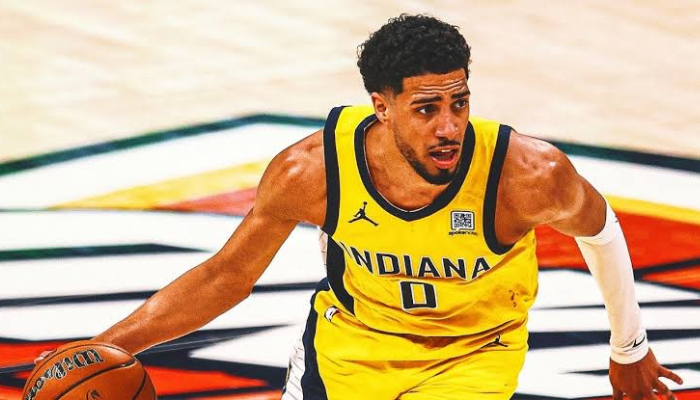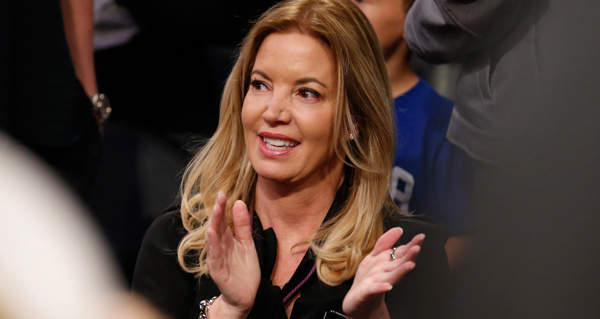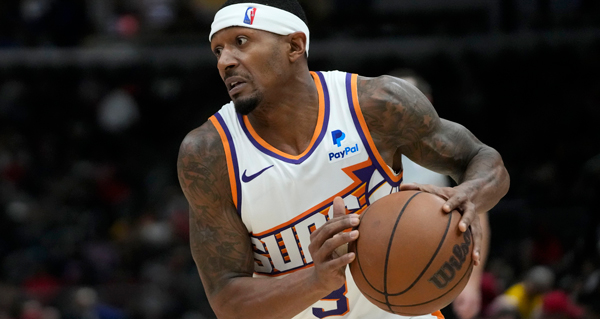PROTECT YOUR DNA WITH QUANTUM TECHNOLOGY
Orgo-Life the new way to the future Advertising by AdpathwayWhere can one find the largest payouts in professional golf these days? How much credit belongs to LIV? How much to Tiger Woods?
Golf has long been a sport where precision, patience, and mental fortitude are rewarded—but in the modern era, those qualities are also paying off in unprecedented financial terms. With the global growth of the game, particularly in North America, Europe, and more recently the Middle East, prize money has soared to extraordinary levels. From the major championships to newly launched high-stakes tours, the game of golf is no longer just about trophies—it’s about multimillion-dollar checks.
The FedExCup
Perhaps the most notable transformation in prize purses came with the advent of the FedExCup Playoffs on the PGA Tour. Introduced in 2007, this playoff series revolutionized the financial landscape of professional golf. In 2019, Rory McIlroy captured headlines when he won the Tour Championship and claimed a staggering $15 million FedExCup bonus, at the time the single largest payout in golf history. That record didn’t stand long. Just three years later, Rory won again in 2022, matching his own previous total and reinforcing the notion that consistent performance across an entire season could lead to a payday unlike any other in the sport.
Major Championships Raise the Stakes
The rise of these enormous purses is not just isolated to the FedExCup. The four majors—The Masters, the U.S. Open, The Open Championship, and the PGA Championship—have all increased their prize funds significantly in recent years. The 2023 U.S. Open at Los Angeles Country Club, for example, boasted a total purse of $20 million, with Wyndham Clark taking home $3.6 million for his first-ever major win. This marked the largest single-event payout in major championship history, showing just how competitive the financial stakes have become.
The LIV Golf Revolution
But the most dramatic shift in golf prize money came with the controversial launch of the LIV Golf League, a Saudi-backed tour that debuted in 2022. This breakaway tour, though met with criticism and debate, forced traditional tours like the PGA and DP World Tour to re-evaluate their financial models. LIV’s inaugural events featured $25 million purses, with $20 million allocated to individual competition and another $5 million for team results. Dustin Johnson, one of LIV’s early stars, reportedly earned over $35 million in winnings during the 2022 season alone—including bonuses—making him one of the highest-paid athletes in the world that year. While traditionalists questioned the legitimacy and motivation behind LIV Golf, there was no denying the eye-watering sums on offer.
The Players Championship
Another prominent event in the prize money conversation is The Players Championship, often called the “fifth major” due to its prestige and consistently elite field. In 2023, The Players offered a record purse of $25 million, matching LIV’s events, and the winner, Scottie Scheffler, earned $4.5 million—the largest first-place check in PGA Tour history at that time. It was a statement of intent by the PGA Tour to retain its stars and its stature amid growing competition.
DP World Tour and the Race to Dubai
It’s worth noting that prize money in golf isn’t just about singular wins; season-long consistency is often far more lucrative. This is particularly evident in the Race to Dubai, the season finale of the DP World Tour (formerly the European Tour), which culminates in a multi-million-dollar payout for the top points earners. In 2021, Collin Morikawa became the first American to win the Race to Dubai and pocketed $3 million for the title.
Prize Money Depth
While the spotlight naturally falls on winners, the deepening of prize pools means that even those finishing far down the leaderboard now take home life-changing sums. A player placing 20th in a LIV event or a FedExCup playoff can earn six figures with relative ease. This has created a broader base of financial security in the upper tiers of professional golf—a stark contrast to earlier eras when even major champions earned relatively modest sums compared to today’s standards.
Looking forward, the trend seems set to continue. With new strategic alliances, international sponsorship deals, and media rights growing in value, both established tours and upstart leagues are expected to keep increasing prize money. For fans, this adds drama and intensity, knowing that every shot could be worth hundreds of thousands—or even millions—of dollars.
In a sport known for its tradition and etiquette, money is now a major player. Whether through PGA Tour consistency, major championship glory, or the controversial riches of LIV Golf, the top tiers of professional golf have become home to some of the largest individual payouts in sports history. And with competition among tours heating up, there’s no sign the checks will stop growing anytime soon.
Fan Engagement
As professional golf sees record-breaking prize pools, fan engagement is evolving too—and one of the most interesting developments is the rise of social betting platforms in the United States. Unlike traditional sportsbooks, social betting sites allow users to engage in casual, low-stakes wagering with friends or wider communities, often without the use of real money or in a more gamified format.
Golf, with its long tournaments, changing conditions, and multitude of betting markets—from hole-by-hole performance to final standings—lends itself particularly well to this kind of interaction. Platforms are emerging that allow fans to challenge friends on outcomes like “Will Scheffler birdie the 17th?” or “Who will lead after Round 2?”, creating a more immersive experience. For younger or newer fans who might find traditional betting intimidating or high-risk, social betting lowers the barrier to entry and enhances interest in live tournament action.
This model is especially well-suited to the U.S. market, where regulated gambling is still rolling out state by state.



















 English (US) ·
English (US) ·  French (CA) ·
French (CA) ·